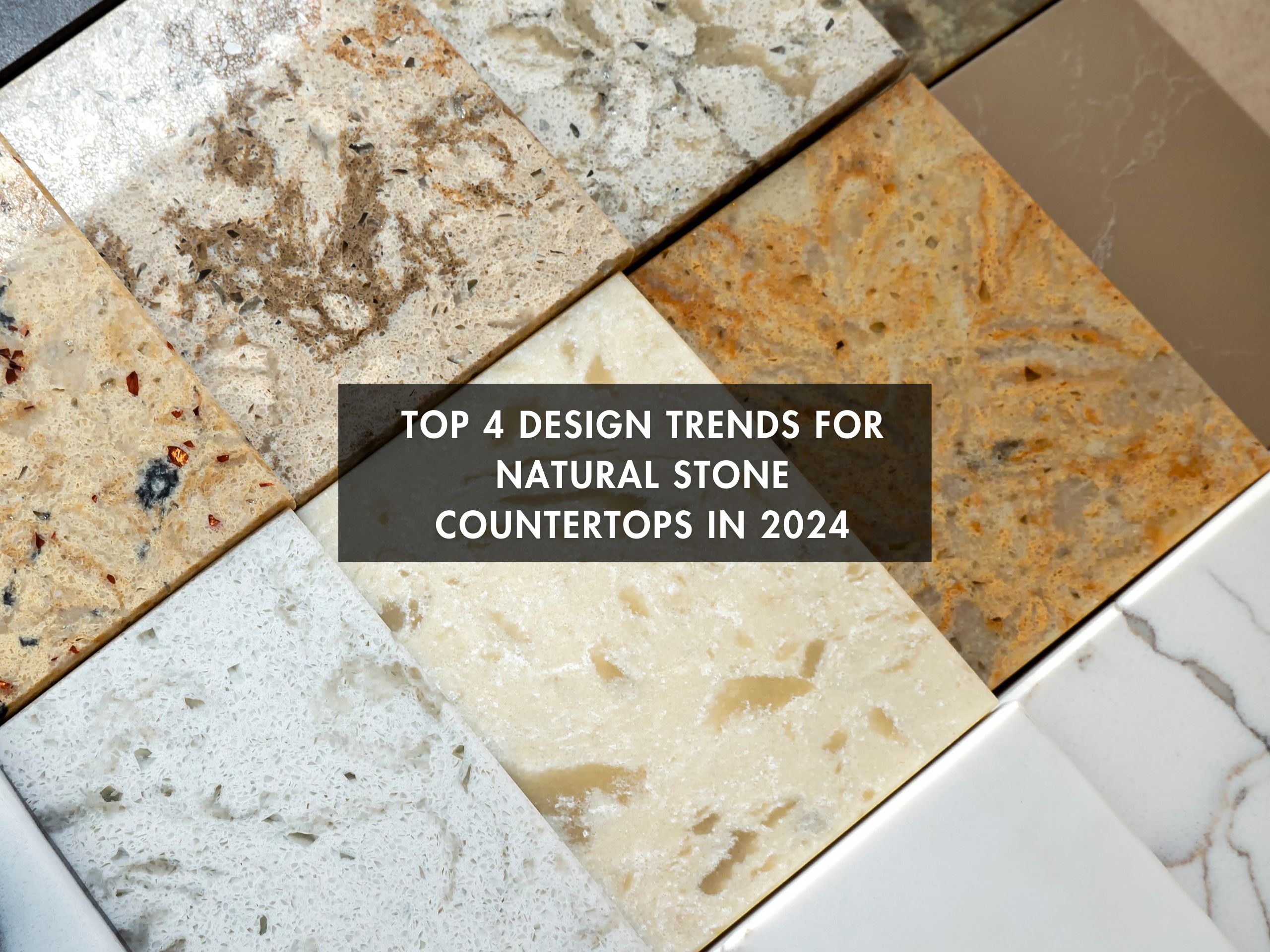QUARTZ VS. PORCELAIN COUNTERTOPS: WHICH ONE IS THE BEST

Choosing countertops is like selecting what kind of clothing to wear. Both are profoundly personal choices determined by individual preference, lifestyle, and budget. Porcelain kitchen countertops and quartz kitchen countertops are engineered surfaces that bode well in homes and commercial spaces.
Porcelain has traditionally been used as a surface for flooring, wall cladding, and building facades and has only recently become fashionable as a countertop material. Quartz was first introduced in the 1960s and then became popular in the 90s. Since then, it has built a robust track record as a reliable and sturdy countertop option for residential and commercial spaces throughout the United States.
Our team at Acue Marmonite weighs the pros and cons of quartz and porcelain countertops to help you determine which of the two is best for your countertop, whether for the home or office.
PORCELAIN VS. QUARTZ COUNTERTOPS: 9 FACTORS TO CONSIDER
If you’ve ever thought of the difference between porcelain and quartz countertops for your kitchen, these tips will give you insights about each material’s features you need to make an informed decision for your home improvement project. Let’s dive in and explore the key factors that can help you choose the perfect countertop material for your needs:
1. APPEARANCE
What is porcelain made of? This kaolinite-rich countertop contains silica, feldspar, and mineral oxides. Commonly called “China Clay,” porcelain comes in a variety of colors, with blacks, greys, browns, and whites remaining the most coveted.
Also man-made, quartz countertops consist of quartz chips and dust bound together by resin. Unlike porcelain, some of these countertops have a mottled or speckled appearance caused by small individual stones suspended in the resin.
2. FINISH
Porcelain countertops don’t have as many finish options. The two most popular are high-gloss glaze or matte. This is because the finish is applied during the manufacturing process, as opposed to other stones that receive their finish through sealing.
Quartz countertop finishes can be honed, polished, or leathered. Polished quartz is highly reflective, honed is matte and velvety to touch, while a leathered countertop possesses a soft sheen.
3. DURABILITY
Quartz is virtually indestructible, as is porcelain. Just how durable are porcelain countertops? 30% more than granite. Both options are stronger than this favored natural stone. However, porcelain kitchen countertops are thinner and fragile during installation.
Porcelain is lighter than quartz, but these slabs often crack or break entirely. Quartz countertops’ durability trumps when it comes to installation in terms of breakages. While heavier, they can be bought in prefabricated slabs and are less finicky.
4. HEAT RESISTANCE
We often get asked, “Is porcelain is heat resistant?” The most significant difference between porcelain countertops vs. quartz is their level of heat resistance. Porcelain withstands heat well and is completely unaffected by direct sunlight.
Quartz heat resistance is not as strong. While laying down a hot pot on a quartz countertop won’t damage its surface immediately, quartz can warp or discolor over time. As with most countertops, you should use a trivet to prevent discoloration and/or cracking.
5. SCRATCH RESISTANCE
Due to its hard and compact surface, porcelain countertops chip, scratch, and crack from blunt force. When porcelain breaks, it leaves sharp, jagged edges that require professional care to restore the surface to its original luster.
In contrast, a quartz countertops’ scratch-resistant threshold is higher. However, it isn’t scratch-proof. While it is very hard to scratch, if enough force is applied, a scratch will appear. Overall, quartz countertops can withstand wear and tear with little evidence.
6. EDGE OPTIONS
Quartz countertop edge options outnumber porcelain. Because porcelain is thinner than quartz, there are fewer edging options available. Metered or square edges are commonly used to create the illusion of a thicker countertop surface, offering limited design options.
On the other hand, quartz countertop edge options include full bullnose, ogee, beveled and straight. Its edging diversity complements all kinds of kitchen styles, from traditional to transitional and modern.
7. MAINTENANCE
Porcelain and quartz countertop maintenance weigh up pretty evenly. Regular cleaning with a damp microfiber cloth and a neutral liquid detergent or soft sponge is sufficient. Be sure to wipe countertops dry after cleaning and stay away from strong chemicals like bleach.
Neither countertop requires sealing, reducing costs associated with other natural stone countertops like marble and granite. When it comes to porcelain versus quartz countertops, maintenance is easy as long as you keep a hand on it.
8. INSTALLATION
Perhaps the one advantage when it comes to the installation of quartz vs. porcelain countertops is that porcelain countertops can be installed on top of existing countertops without moving the existing countertop surface.
Quartz countertops are heavy and should only be installed on cabinetry, so existing countertops will need to be removed. In some cases, new cabinetry has to be installed as well to support these heavy slabs.
9. COST
Porcelain countertops cost and quartz countertops costs are different. The average price of porcelain slabs is between $55 to $120 per square foot, while the average cost of quartz countertops is around $45 to $200 per square foot.
Remember, the stone color, patterning, and amount needed to complete your ideal countertop design will determine the price. Quartz may work out cheaper if you have a smaller surface area to cover.



Comments